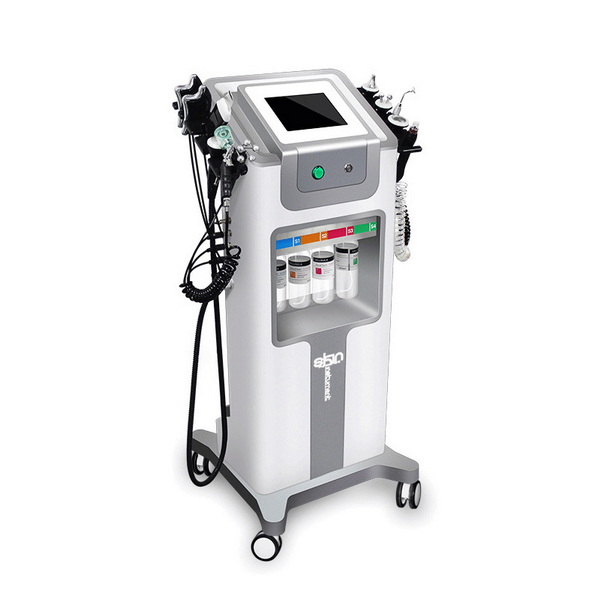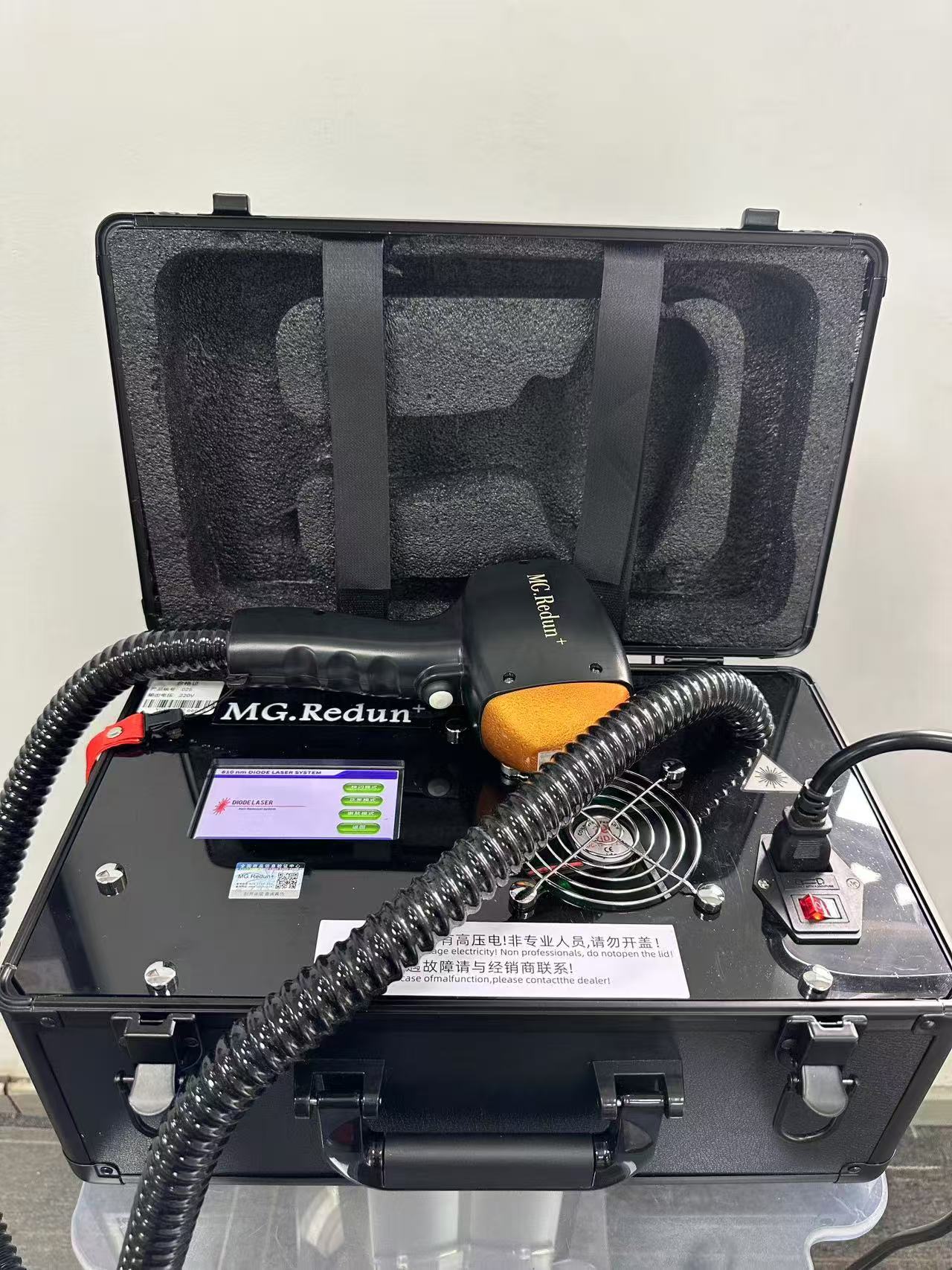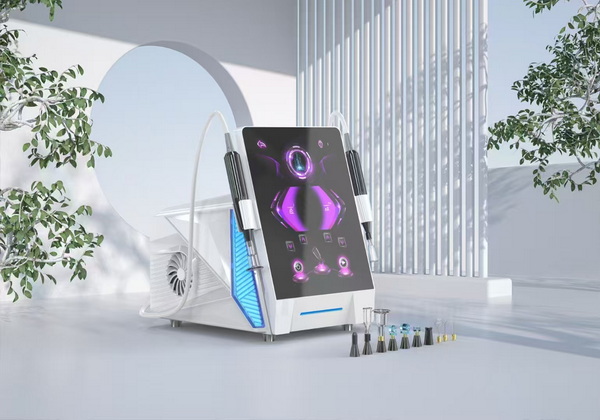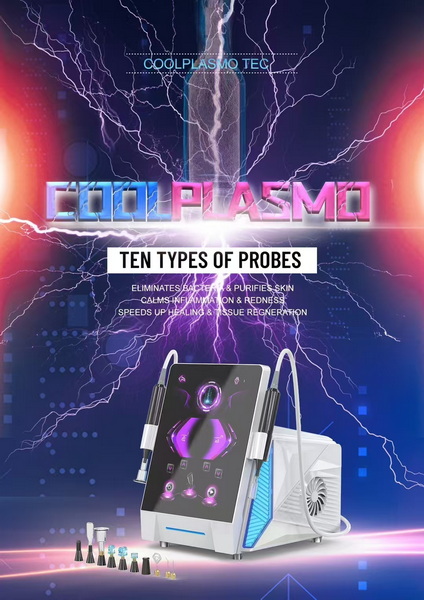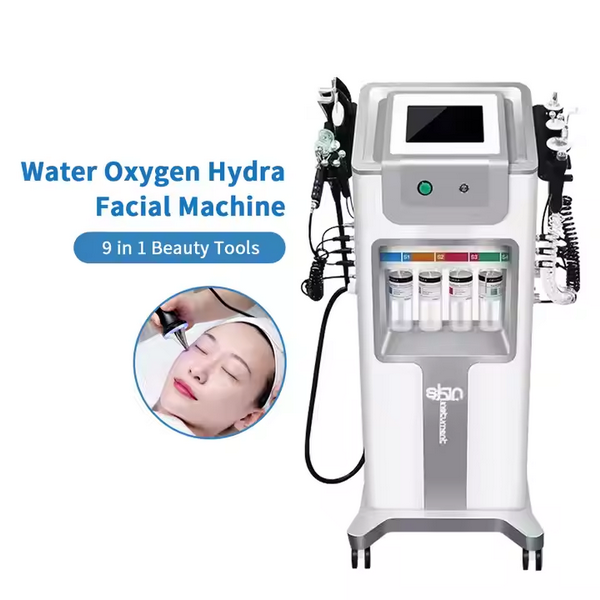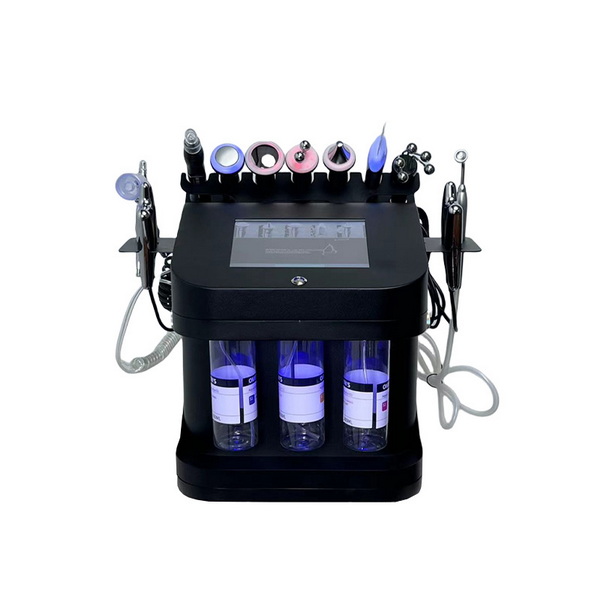Microdermabrasion Facial: Everything You Need to Know
Microdermabrasion facial treatments have become a popular non-invasive skin rejuvenation procedure worldwide. They offer a deep exfoliation of the skin, helping to improve skin texture, reduce the appearance of fine lines, acne scars, and hyperpigmentation, and leave the skin looking fresh and glowing. This article will cover everything you need to know about microdermabrasion facials, from the process itself to its benefits and aftercare.
What is Microdermabrasion Facial?
Microdermabrasion is a cosmetic treatment that gently exfoliates the skin’s surface by removing dead skin cells, revealing a smoother and more youthful appearance. During a microdermabrasion facial, a device sprays tiny crystals onto the skin or uses a diamond-tipped wand to mechanically exfoliate the skin. The procedure is usually done on the face but can also be applied to other parts of the body.
The procedure is non-invasive, with minimal downtime, making it a great option for those seeking quick skin improvements. Microdermabrasion is often referred to as a “lunch break facial” because it’s fast, requires no anesthesia, and you can immediately resume normal activities after the treatment.
Image suggestion:
Caption: A professional performing a microdermabrasion facial treatment on a client.

How Does a Microdermabrasion Facial Work?
A typical microdermabrasion facial procedure involves the following steps:
- Cleansing: The skin is thoroughly cleaned to remove any makeup, dirt, and oil. This step is important to ensure the treatment is effective.
- Exfoliation: The microdermabrasion device is used to exfoliate the outermost layer of the skin. Depending on the type of microdermabrasion being used (crystal or diamond), either a stream of fine crystals is sprayed onto the skin or a diamond-tipped wand is used to buff away dead skin cells.
- Suction: In some types of microdermabrasion facials, a vacuum suction is also applied to remove the dead skin and crystals, further stimulating circulation and promoting lymphatic drainage.
- Moisturizing and Sun Protection: After exfoliation, a moisturizer is applied to the skin, and sunscreen is used to protect the freshly exfoliated skin from sun damage.
Image suggestion:
Caption: Microdermabrasion treatment being performed with a crystal or diamond tip device.
Types of Microdermabrasion Facial Treatments
There are two main types of microdermabrasion treatments: crystal microdermabrasion and diamond microdermabrasion.
Crystal Microdermabrasion
In crystal microdermabrasion, fine crystals are sprayed onto the skin using a hand-held device. These crystals are usually made of aluminum oxide, which is a safe, non-toxic material that gently exfoliates the skin. After the crystals are sprayed, they are vacuumed away, along with dead skin cells, dirt, and oil. This process helps to rejuvenate the skin and restore a smooth texture.
Diamond Microdermabrasion
Diamond microdermabrasion uses a diamond-tipped wand instead of crystals. The wand is gently moved across the skin to exfoliate and remove dead skin cells. Because there are no crystals involved, this type of microdermabrasion is often preferred for those with sensitive skin, as it is less abrasive. Diamond microdermabrasion is considered a more precise and controlled technique.
Image suggestion:
Caption: A comparison of crystal vs. diamond microdermabrasion devices.
What Are the Benefits of a Microdermabrasion Facial?
Microdermabrasion facials offer numerous benefits for various skin types. Some of the key advantages include:
1. Improved Skin Texture and Tone
Microdermabrasion is effective in improving the overall texture and tone of the skin. By removing the top layer of dead skin cells, it helps reveal a brighter, smoother complexion, which is ideal for individuals with rough or uneven skin texture.
2. Reduction of Fine Lines and Wrinkles
As we age, the skin’s natural exfoliation process slows down, leading to the buildup of dead skin cells. This can result in the appearance of fine lines and wrinkles. Microdermabrasion promotes cell turnover, helping to reduce the appearance of these signs of aging by revealing fresher skin underneath.
3. Treatment for Acne Scars and Hyperpigmentation
Microdermabrasion can be particularly beneficial for individuals with acne scars, hyperpigmentation, or sun damage. The exfoliation helps to reduce the visibility of scars and dark spots by promoting the growth of new, healthier skin cells.
4. Reduced Pore Size and Blackheads
By exfoliating the skin, microdermabrasion helps to clear out clogged pores, which can reduce the appearance of blackheads and minimize pore size. This makes the skin look cleaner and more refined.
5. No Downtime
One of the most significant benefits of microdermabrasion is that it requires little to no downtime. Unlike more invasive treatments, such as chemical peels or laser resurfacing, microdermabrasion offers a quick recovery, allowing you to return to your regular routine almost immediately.
Image suggestion:
Caption: After-effects of a microdermabrasion facial treatment showing smoother skin.
Who is a Good Candidate for a Microdermabrasion Facial?
Microdermabrasion facials are suitable for most skin types and tones. However, they are particularly beneficial for people with the following skin concerns:
- Uneven Skin Tone: If you have areas of skin that are darker or lighter than the surrounding skin, microdermabrasion can help even out your complexion.
- Mild to Moderate Acne Scars: Microdermabrasion can reduce the appearance of acne scars by promoting cell turnover and creating smoother skin.
- Sun Damage: Those with sun spots or hyperpigmentation caused by sun exposure may benefit from microdermabrasion to remove damaged skin cells and promote healing.
- Wrinkles or Fine Lines: If you’re looking to minimize the appearance of early signs of aging, microdermabrasion can help exfoliate and stimulate the production of new skin cells.
It’s important to note that microdermabrasion may not be ideal for individuals with more severe skin conditions, such as active acne, eczema, or rosacea. Always consult with a dermatologist or esthetician before proceeding with any treatment.
Image suggestion:
Caption: A consultation between a client and a skincare professional about microdermabrasion treatment.
What to Expect During a Microdermabrasion Facial
A typical microdermabrasion session lasts between 30 to 60 minutes. Here’s what you can expect during the procedure:
- Consultation: Before the treatment begins, the aesthetician will assess your skin to determine if microdermabrasion is the right option for you. This includes discussing your skin concerns and any previous skin treatments.
- The Procedure: Once the skin is prepped, the aesthetician will use the microdermabrasion device to exfoliate the skin. You may feel a mild scratching sensation or slight suction, but the treatment is generally painless.
- Post-Treatment Care: After the procedure, your skin may appear slightly red or flushed, similar to a mild sunburn. This typically subsides within a few hours. You will be advised to use sunscreen and avoid direct sun exposure for a few days following treatment.
Image suggestion:
Caption: The process of microdermabrasion facial, showing the use of a handheld device for exfoliation.
Aftercare for Microdermabrasion Facial
Although microdermabrasion requires little downtime, proper aftercare is crucial for optimal results. Here are some aftercare tips:
- Moisturize: Apply a gentle, hydrating moisturizer to keep the skin moisturized and prevent dryness.
- Sunscreen: Protect your skin from the sun, as the exfoliation makes it more sensitive. Use a broad-spectrum sunscreen with SPF 30 or higher.
- Avoid Harsh Products: For a few days after your treatment, avoid using products that may irritate your skin, such as retinoids or exfoliating scrubs.
- Stay Hydrated: Drinking plenty of water helps keep your skin hydrated from the inside out.
How Often Should You Get a Microdermabrasion Facial?
The frequency of microdermabrasion treatments depends on your skin type and concerns. Generally, you can have a microdermabrasion facial every 4 to 6 weeks. For those with more severe skin issues, such as acne scars or hyperpigmentation, more frequent treatments may be recommended initially, with the frequency tapering off as your skin improves.
Image suggestion:
Caption: Skin showing noticeable improvement with regular microdermabrasion treatments.
Conclusion
A microdermabrasion facial is a fantastic option for those looking to enhance their skin’s appearance with minimal downtime. By exfoliating the skin, reducing fine lines, and improving texture and tone, microdermabrasion offers a simple yet effective solution for various skin concerns. Whether you’re looking to combat aging, acne scars, or hyperpigmentation, a microdermabrasion facial could be the perfect treatment for you.



